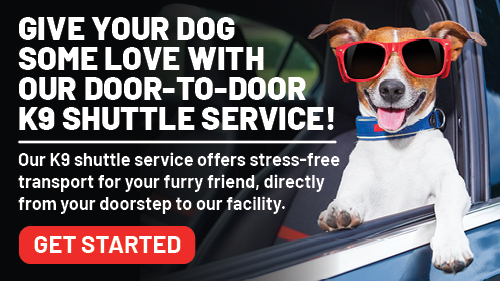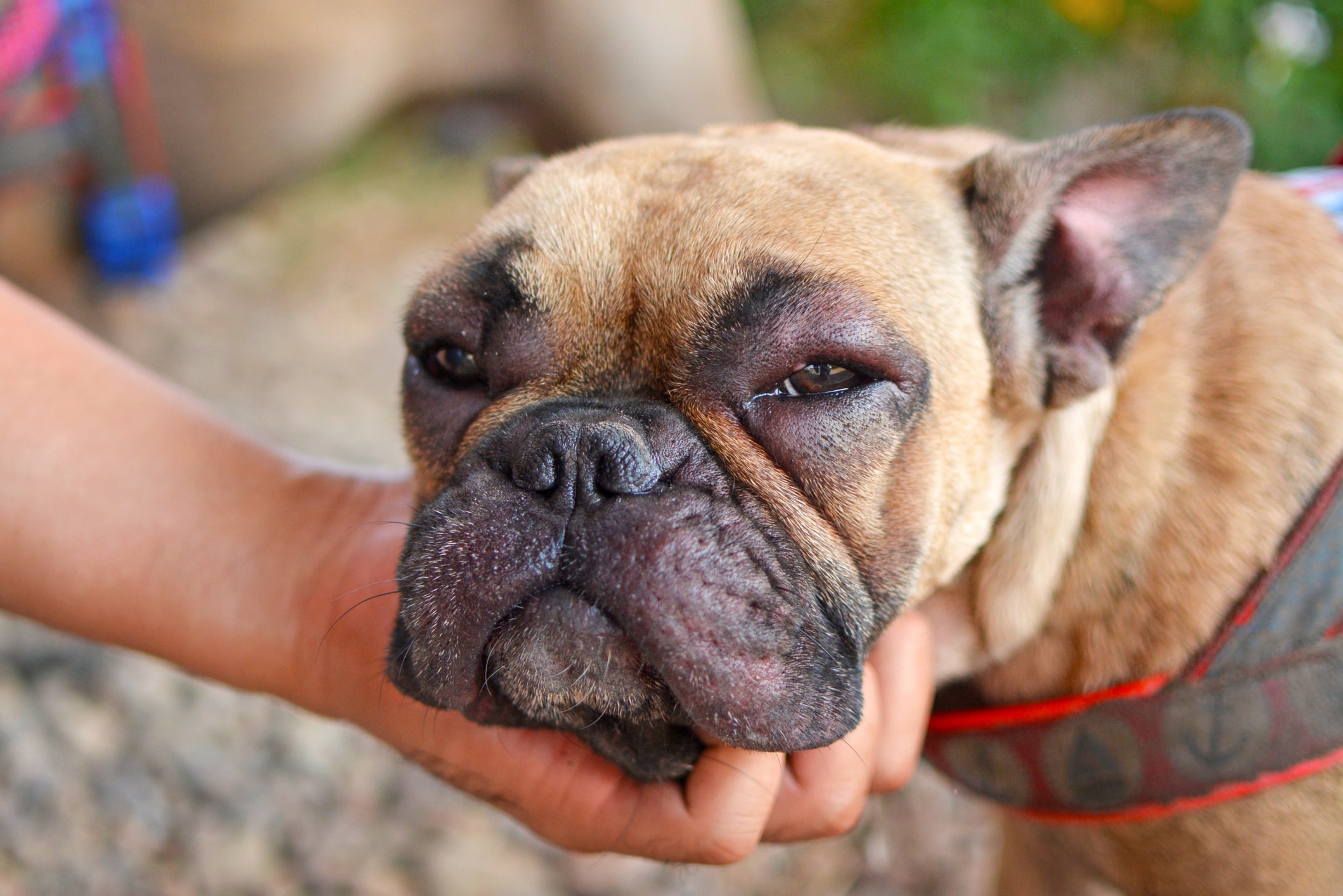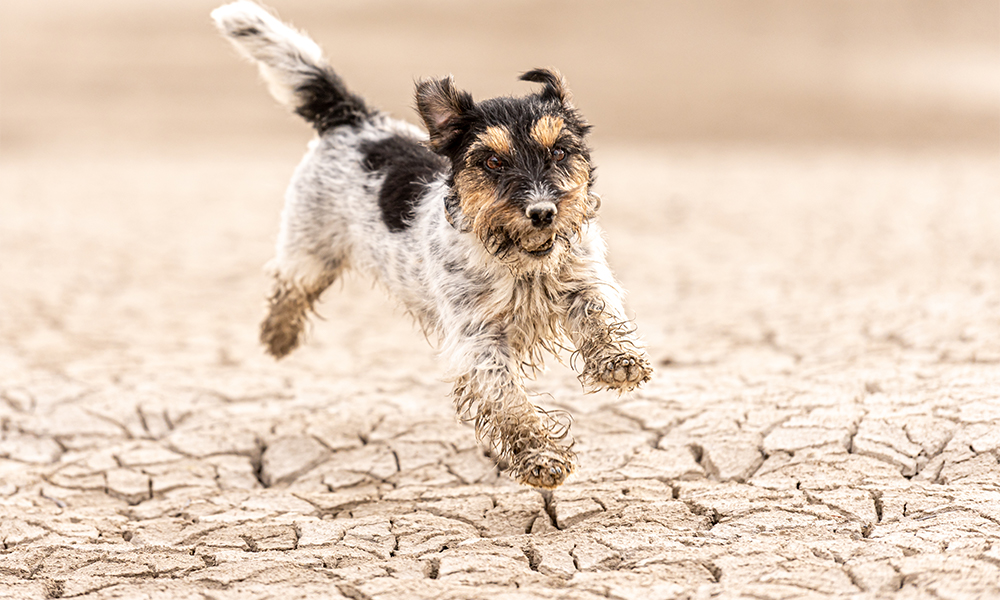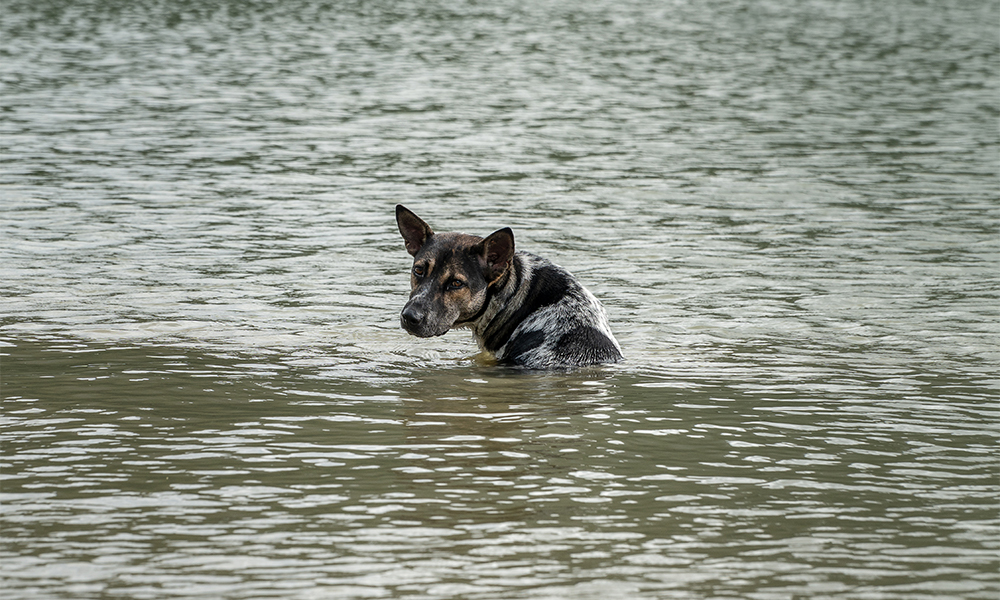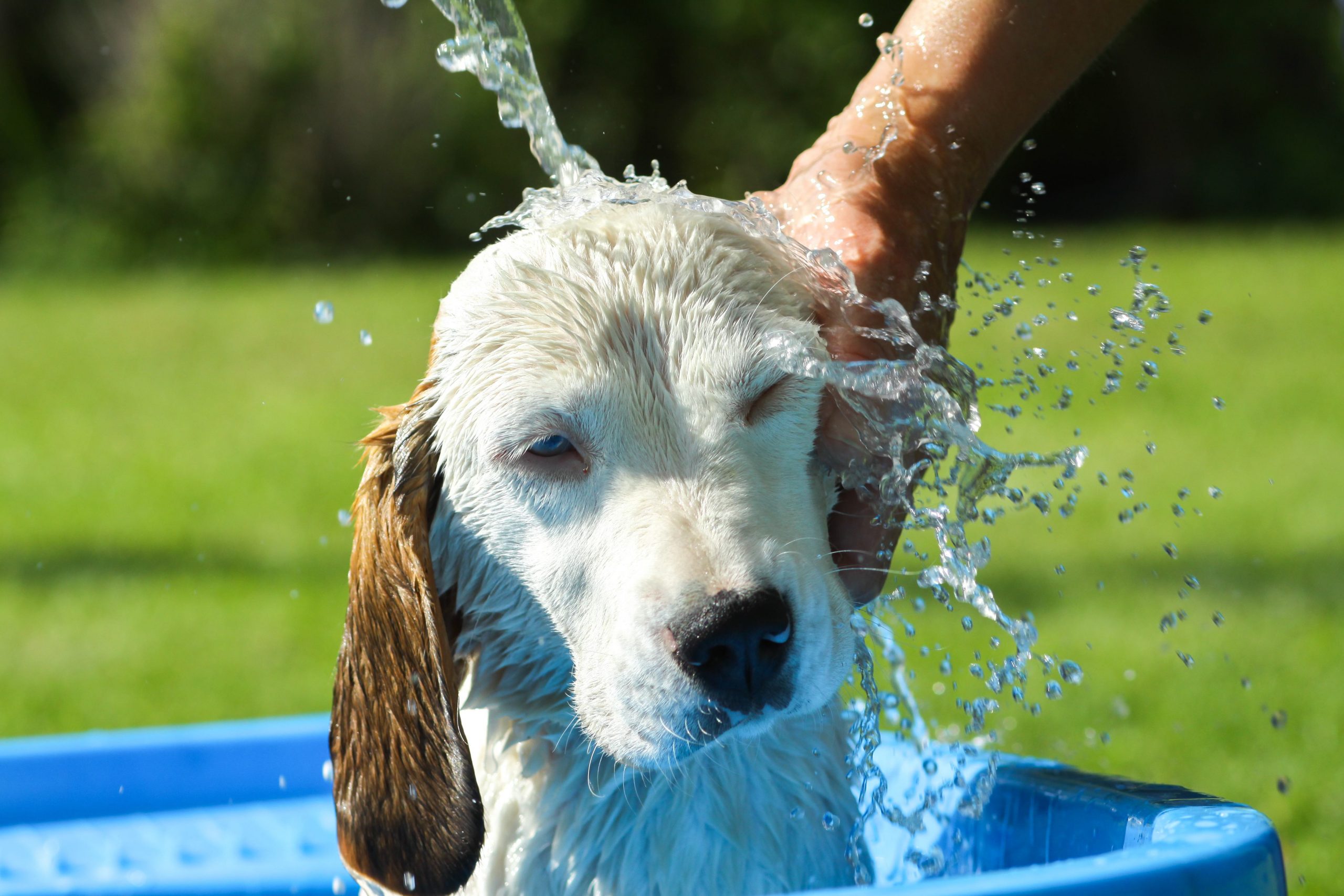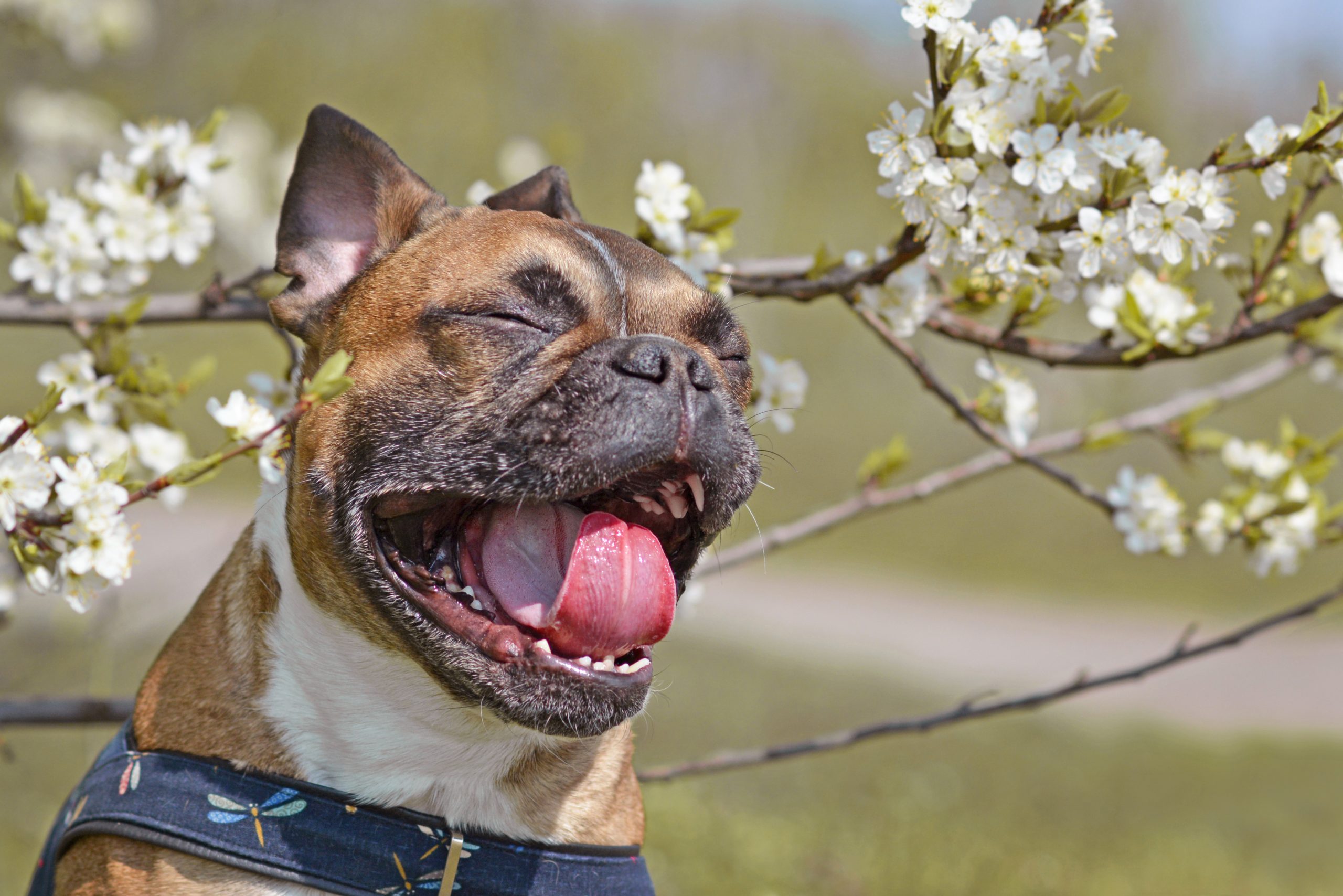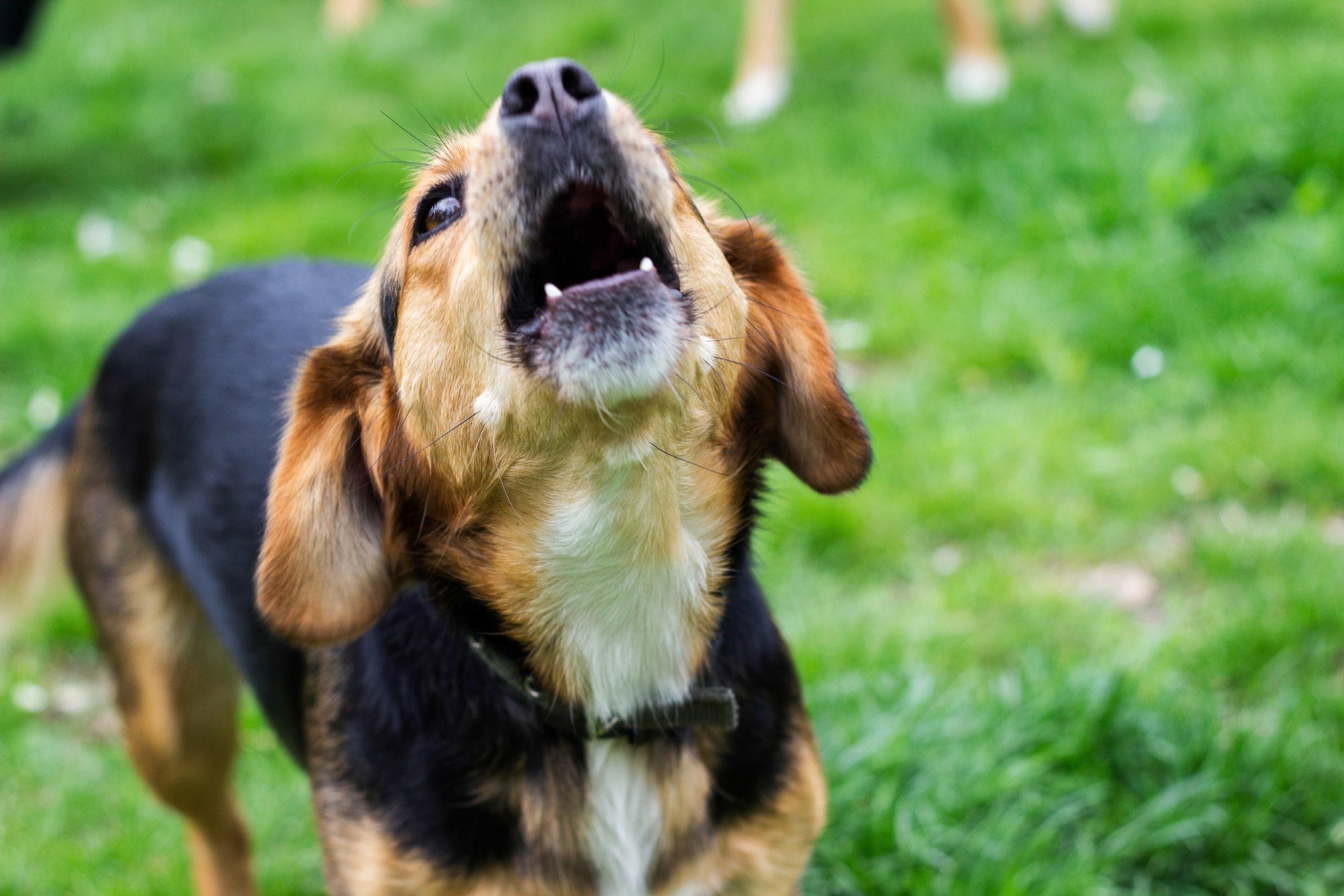
Your dog is your best friend, and you know them inside and out.
That is–until their behavior changes. It can be disconcerting, or even scary when your dog starts acting out.
Suddenly, your furry friend may seem uncharacteristically aggressive, snapping or barking without provocation. Or they might become strangely listless, uninterested in their favorite toys, or refuse to eat.
Why has your dog’s behavior changed, and what can you do to help?
If you are looking for dog training in Chapel Hill, Hillsborough, or Durham, Top Dog Training and Resort is the premier dog trainer near you AND dog boarding near you. Our Chapel Hill pet resort is your one-stop-shop for dog behavior, grooming, and care.
Our certified trainers are experts on dog behavior, and we want to offer our perspective on behavioral changes and what you can do to help your dog.
Your Dog May Be Frightened by Change
Have you ever been stressed or scared because of a new job or a new city? Your dog can feel the same way.
Just like humans, dogs need to feel safe and secure. They get used to patterns, and when they are suddenly in a new space or facing new rules, they can get confused or lash out.
Adding a new household member, whether it’s a baby or another pet, can also throw a dog off its rhythm.
Not to mention, all of your stress around a new home, family member, or job can affect your dog. You may lapse in enforcing the rules that you have set in place, or your dog may simply be able to pick up on your stress.
It’s important to smooth over transitional periods by keeping routines as consistent as possible.
This point is especially true if your dog doesn’t have a routine or set of rules established yet. They can’t unlearn to jump on your bed if you let them sleep with you from time to time!
If you have altered your dog’s routine, diet, or environment recently, anxiety over the change might be the root cause of your dog’s strange behavior.
Your Dog May Be in Pain
If your dog hasn’t experienced any major changes recently, their altered behavior could be due to pain. In fact, if your dog’s behavior changes have been particularly sudden, pain is most likely the reason.
Just like humans, dogs can develop mildly irritating but not immediately obvious conditions such as eczema, toothaches, and joint and muscle pains.
A dog in pain is likely to exhibit sudden aggression: growling, snarling, or snapping, especially when you get near the injured area.
For elderly dogs, sometimes sudden aggression comes from the loss of hearing or eyesight, as they now have one less sense and are afraid. They may even experience dementia or insomnia.
Abrupt appetite changes are also key markers that something might be wrong with your dog’s health. Maybe your dog keeps begging for treats even after eating its regular meal, or maybe your dog has no interest in eating at all.
Appetite changes can reflect a variety of issues, from allergies to health conditions or just poor training.
Other behavioral changes associated with pain include:
- Becoming irritated at night
- Reluctance to walk, run, jump, or climb stairs
- Restlessness or difficulty finding a comfortable position
- Unwillingness to play
- Avoidance of other dogs or humans
- Panting without heat
- Hiding parts of the body
- Licking or itching
- Limping
If you suspect your dog is lashing out due to pain or a health issue, contact your veterinarian.
How You Can Help Your Dog
The first step is to visit your veterinarian. Your vet can determine whether your dog’s strange behavior is due to pain.
If your vet clears your dog of medical issues, it is time to get on Google and search “dog trainer near me.”
A certified dog trainer doesn’t just help your dog work through behavioral changes caused by environmental factors; they can also give you the tools to set strong routines and alleviate your pet’s transition-related anxiety.
That’s where Top Dog can help! At our Chapel Hill pet resort, our certified and knowledgeable staff provides a variety of training options to meet your pet’s needs.
We offer group and private dog training, as well as dog boarding, a dog day school, and grooming. To accommodate your busy schedule, we also offer a shuttle service.
Dogs are our passion, and we are so confident in our dog training in Chapel Hill that we give it a lifetime guarantee!
Contact us now for the best dog grooming, dog training, and dog boarding near you.

